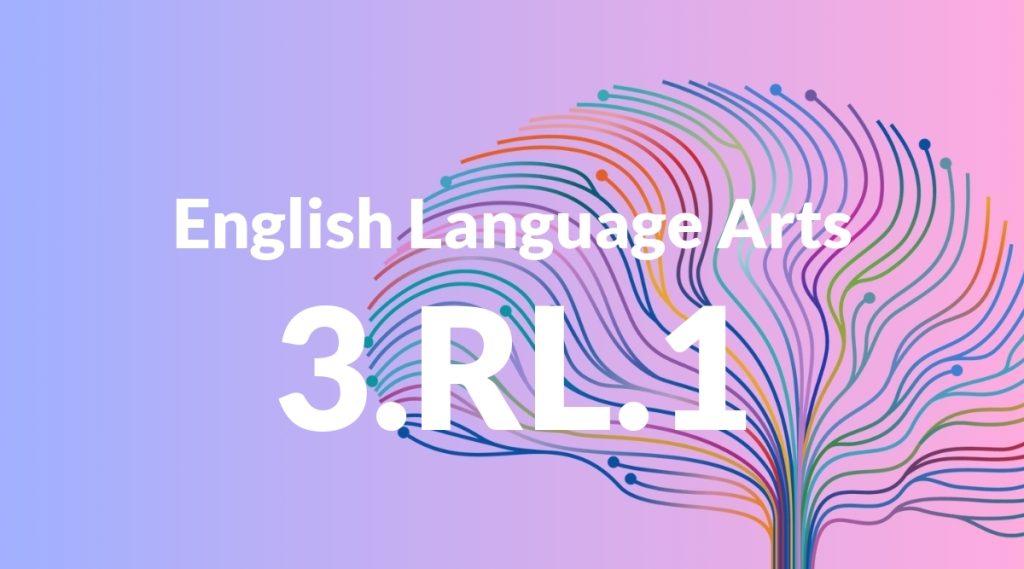Standard: 3.RL.1 – Ask and answer questions to demonstrate understanding of a text, referring explicitly to the text as the basis for the answers.
Grade level: Grade 3
Subject: English Language Arts
Domain: Reading: Literature
Teacher Overview
This standard focuses on developing students’ ability to ask and answer questions about a text, ensuring they refer explicitly to the text for their answers. This skill is crucial for deep comprehension and critical thinking, laying the foundation for advanced literary analysis in higher grades. Students should have a firm grasp of basic reading comprehension skills and be comfortable asking simple questions about texts they read.
Mastering this standard will prepare students for higher-level skills such as drawing inferences and making text-based arguments.
Common Misconception 1
A common misconception is that any answer related to the text is acceptable. This is incorrect because answers must be supported explicitly by the text to ensure accurate comprehension.
Intervention 1
Use guided reading sessions where students practice finding and citing specific text evidence to support their answers.
Common Misconception 2
Another misconception is that personal opinions or experiences are sufficient evidence. This is incorrect because the standard requires answers to be based on explicit text evidence, not personal viewpoints.
Intervention 2
Provide exercises where students differentiate between text-based evidence and personal opinions, reinforcing the need for text evidence.
Prerequisite Knowledge
Students should be able to read and comprehend grade-level texts and have basic questioning skills to inquire about text content.
Subsequent Knowledge
Students will develop the ability to critically analyze texts, make inferences, and support their answers with text evidence.
Instructional Activities
- Conduct a read-aloud session followed by a Q&A where students must cite text evidence.
- Create a worksheet with questions that require text-based answers.
- Organize small group discussions where students ask and answer questions about a shared text.
- Use graphic organizers to help students locate and cite text evidence.




